I'll try to summarise all the steps I'm taking to build a usable flipdot display, including :
- Understanding how it works
- Making a prototype controller
- Tweaking the controller to improve results, refresh rate, efficiency...
- Designing a PCB for the final controller
- Code a useful firmware to display stuff
- Pack the whole thing in a nice enclosure
- Enjoy watching dots flipping all day long
It's a long ongoing journey, stay tuned !
 Frederic L
Frederic L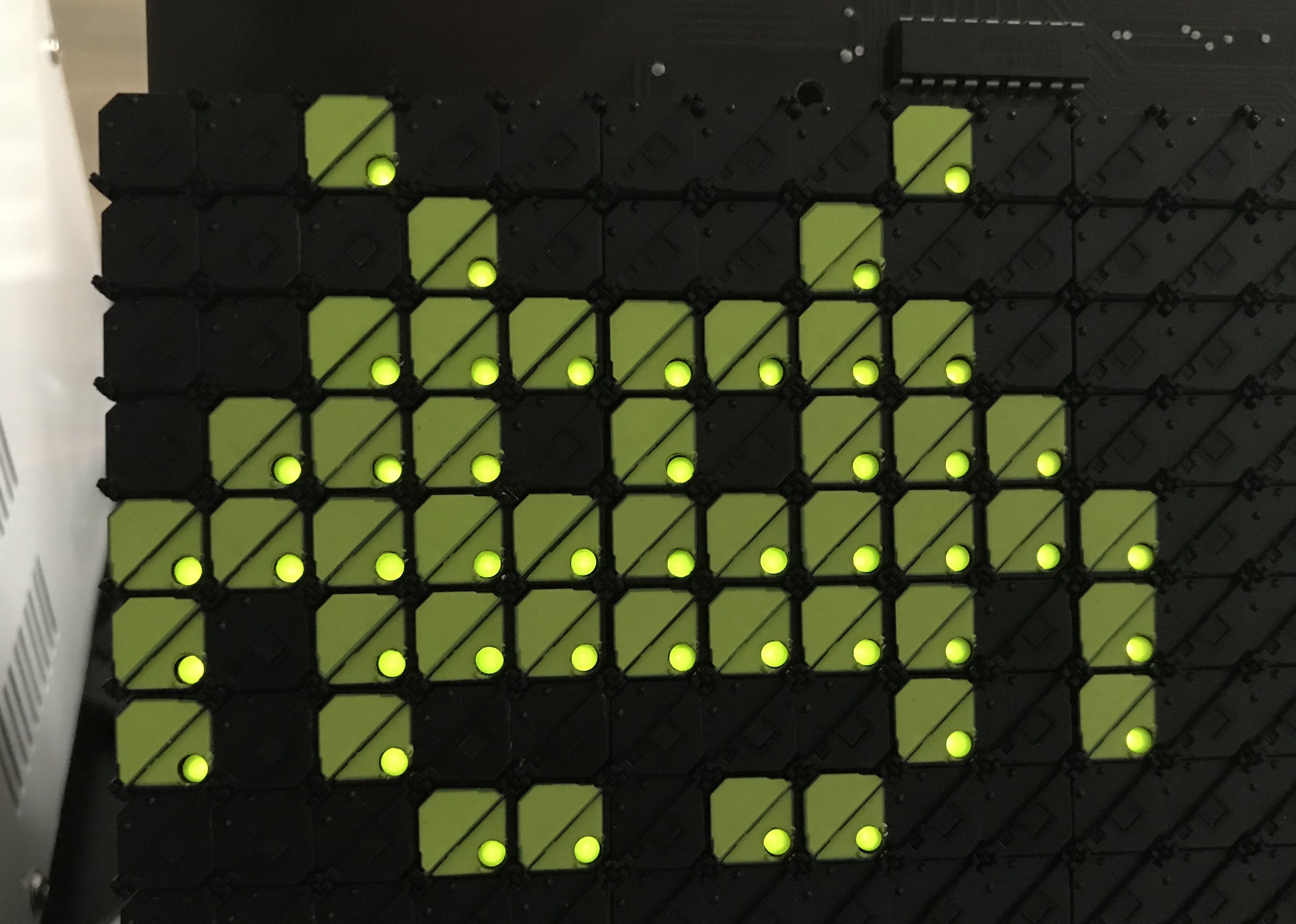
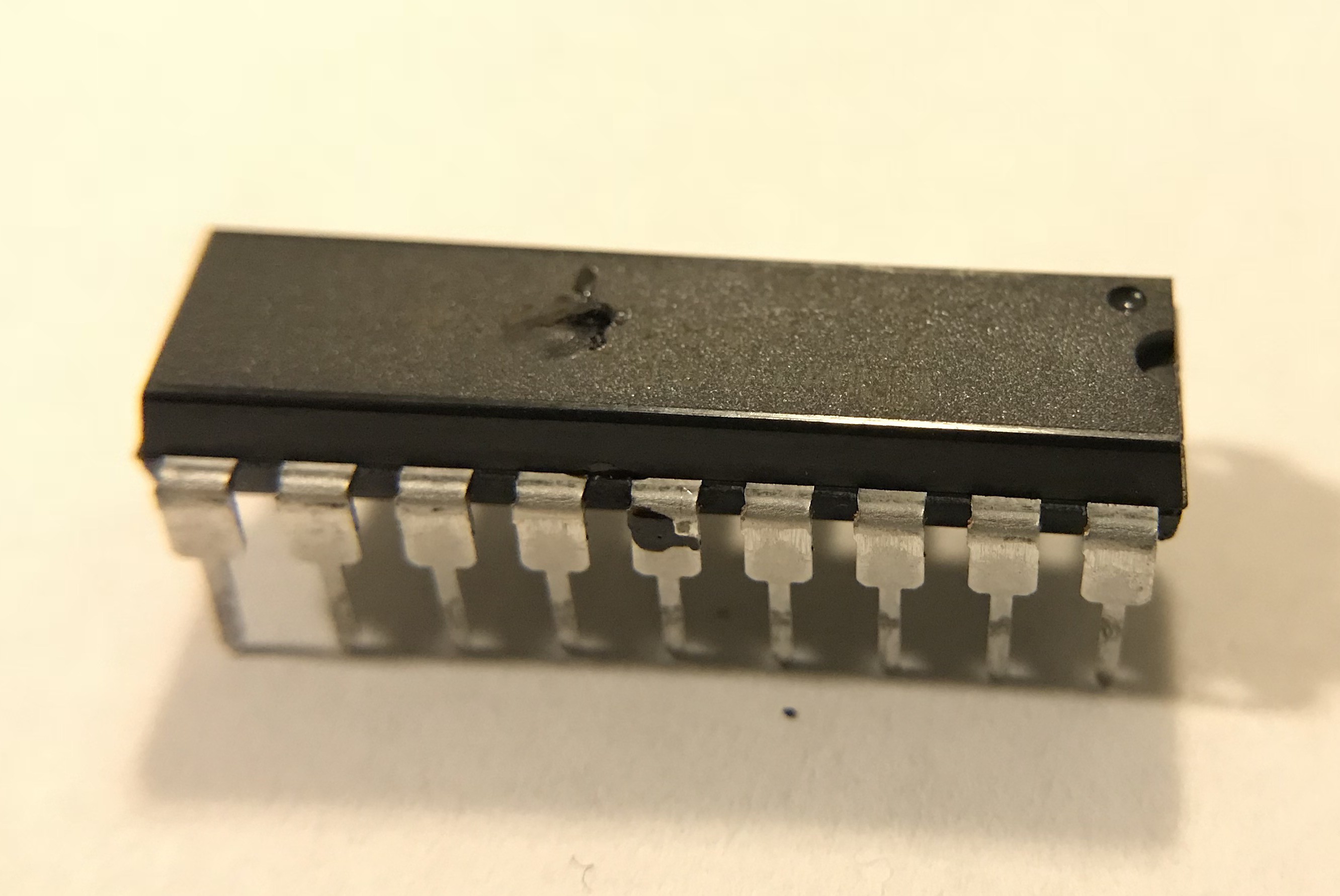
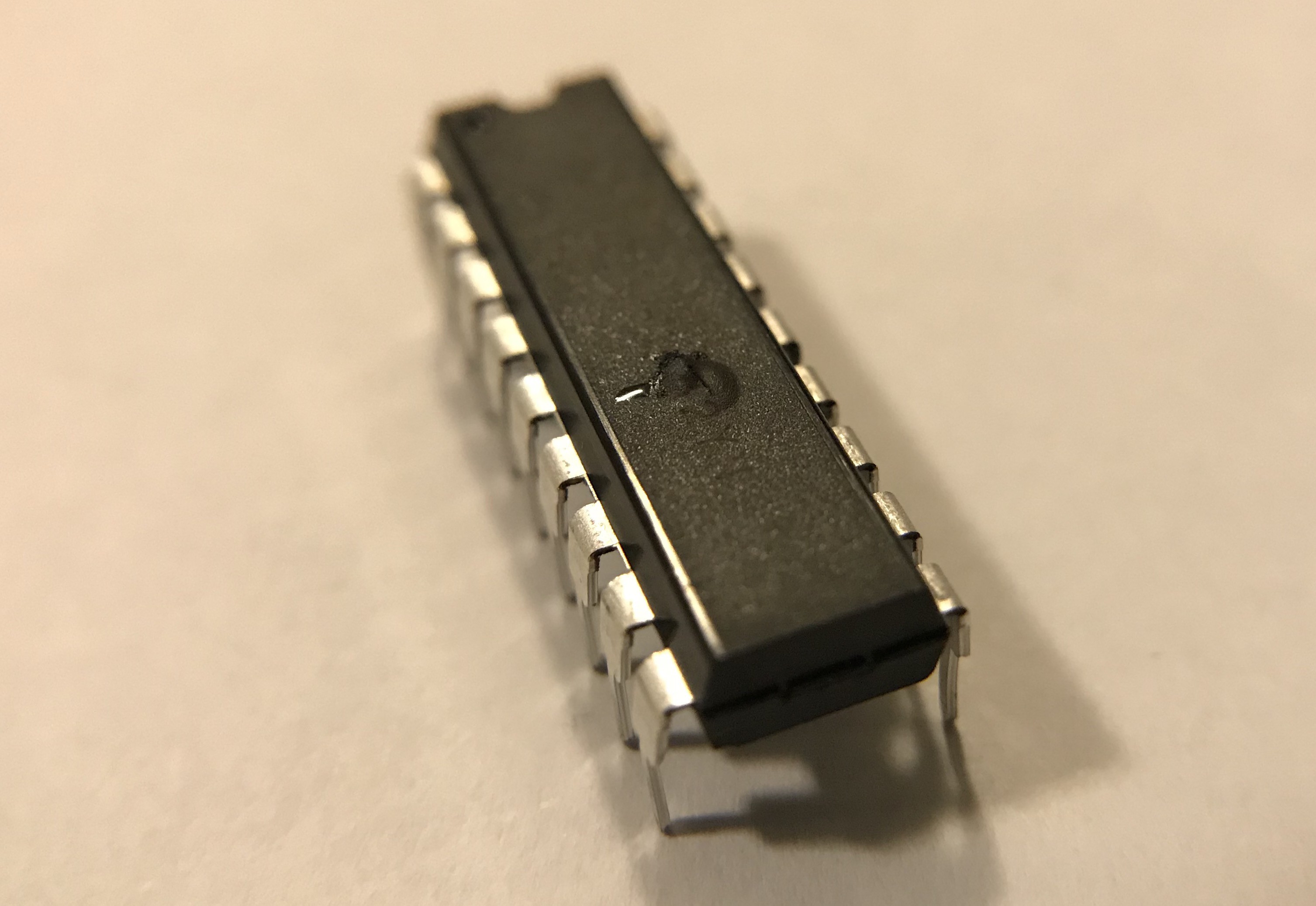
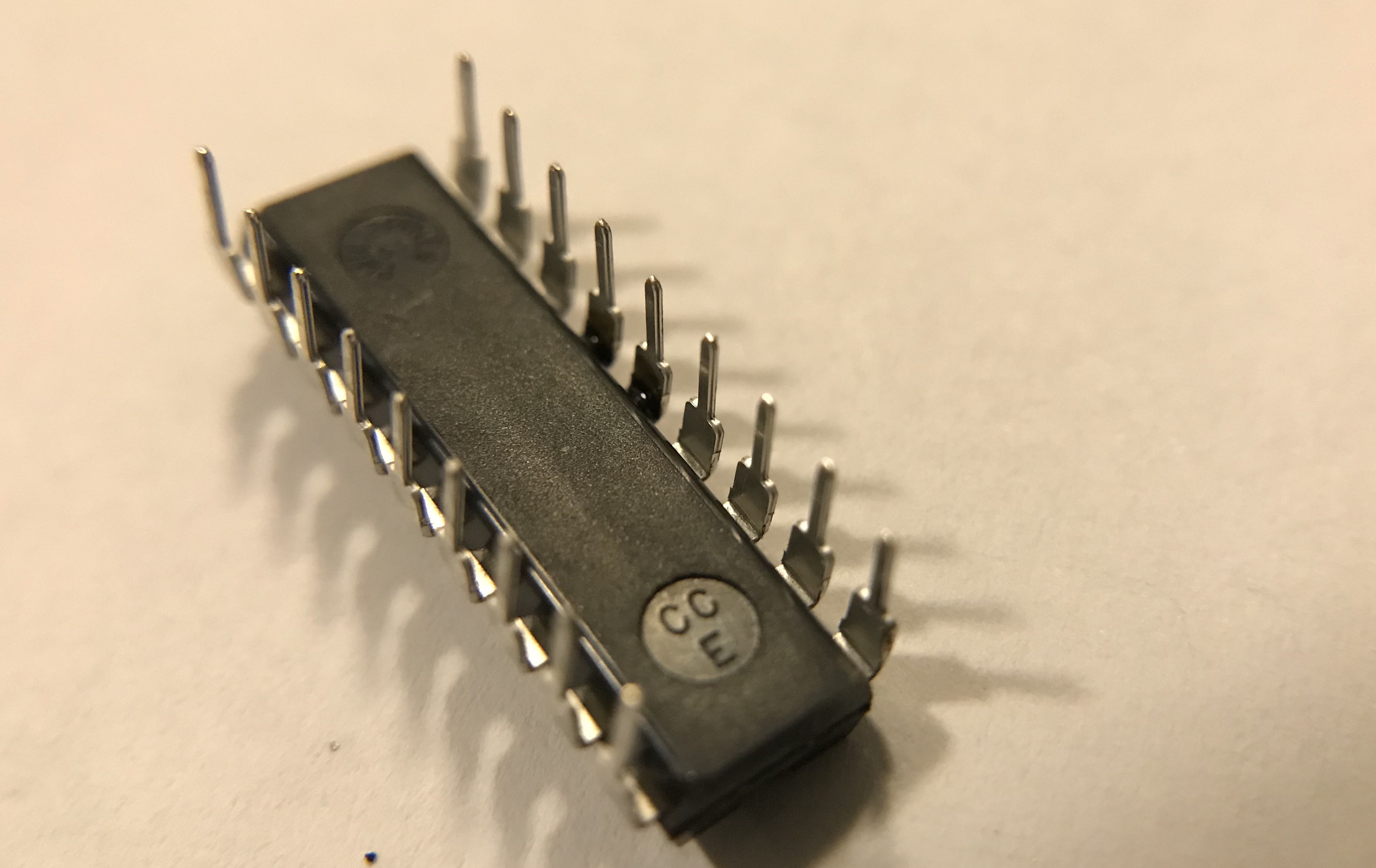
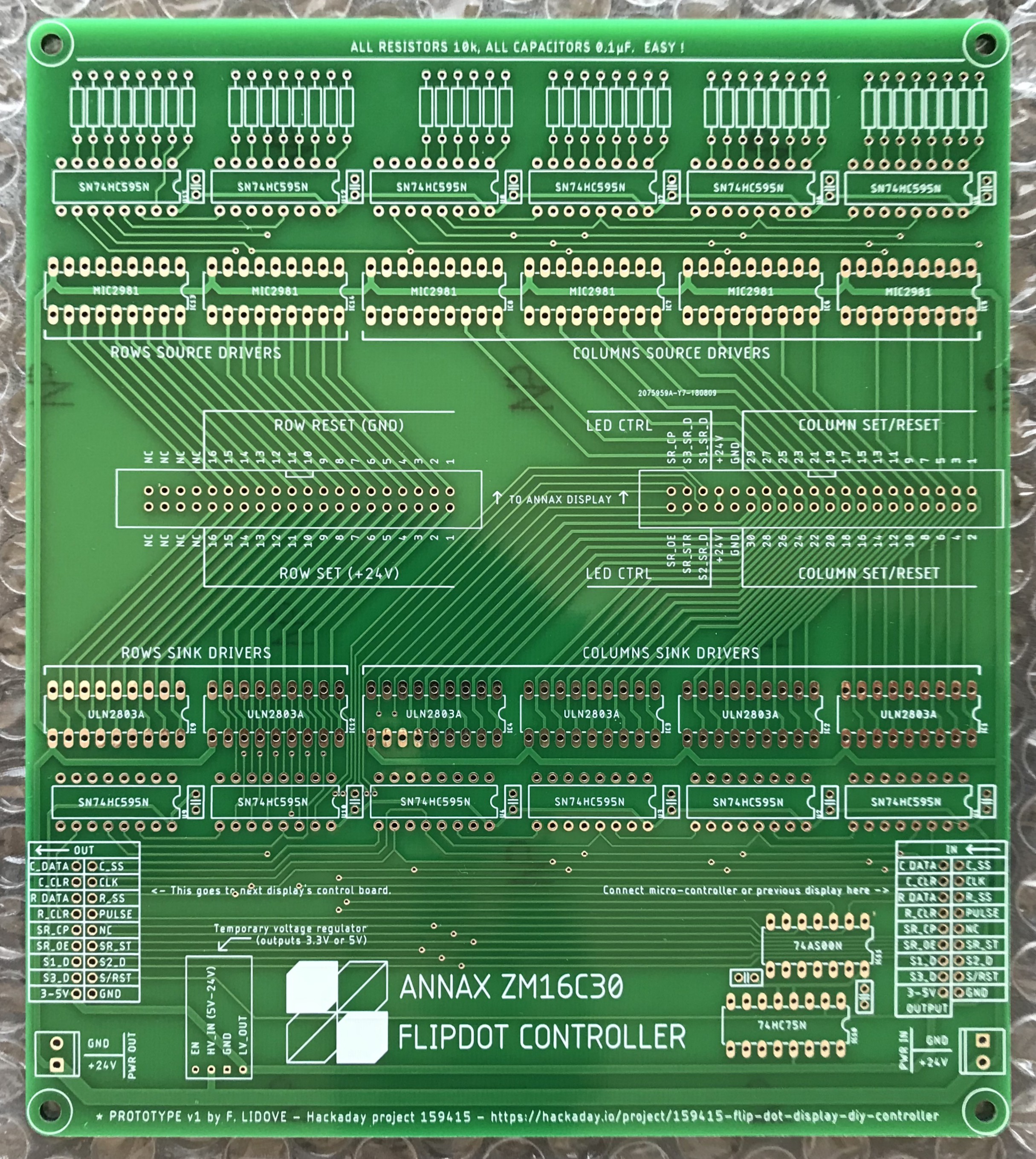

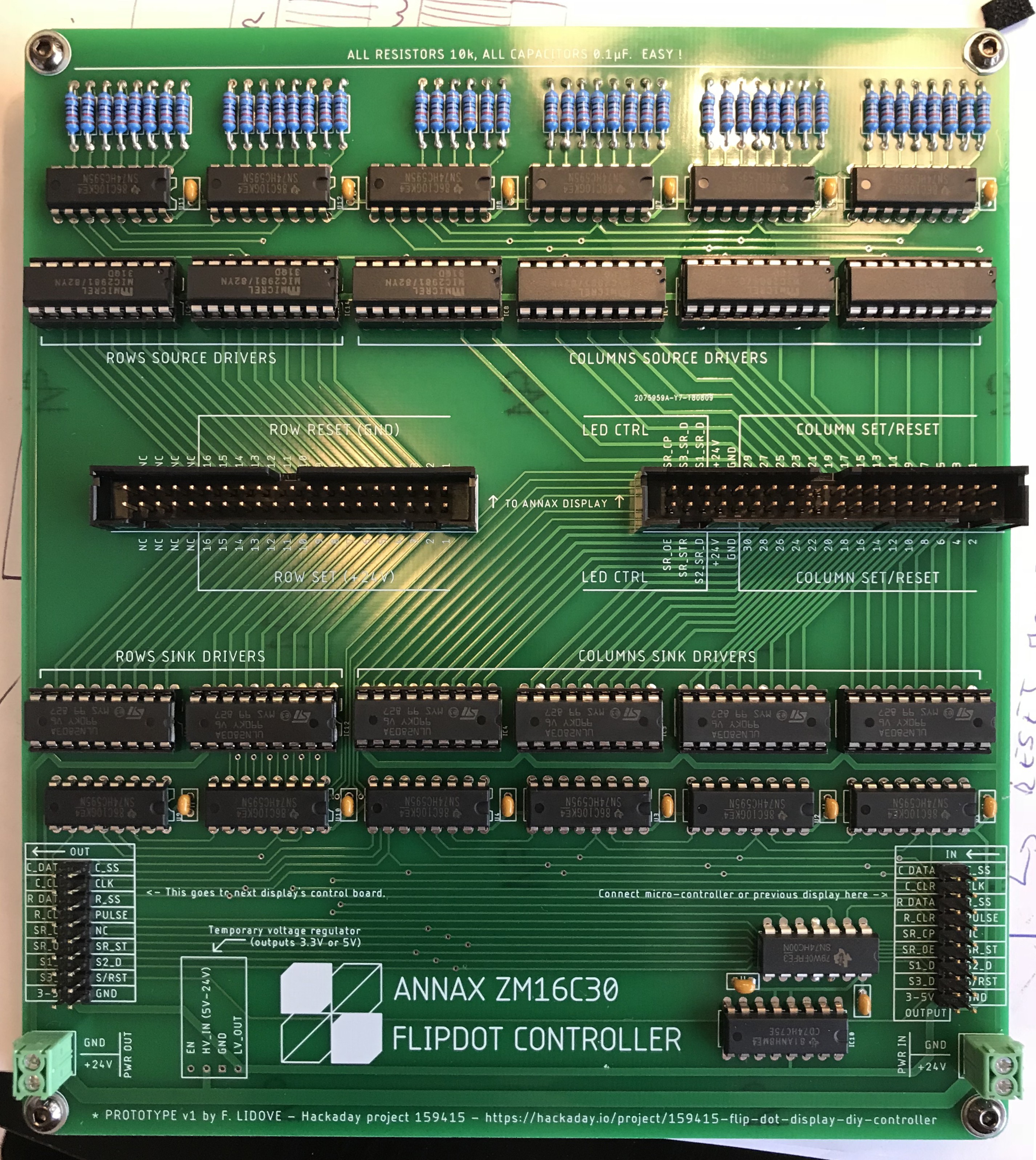
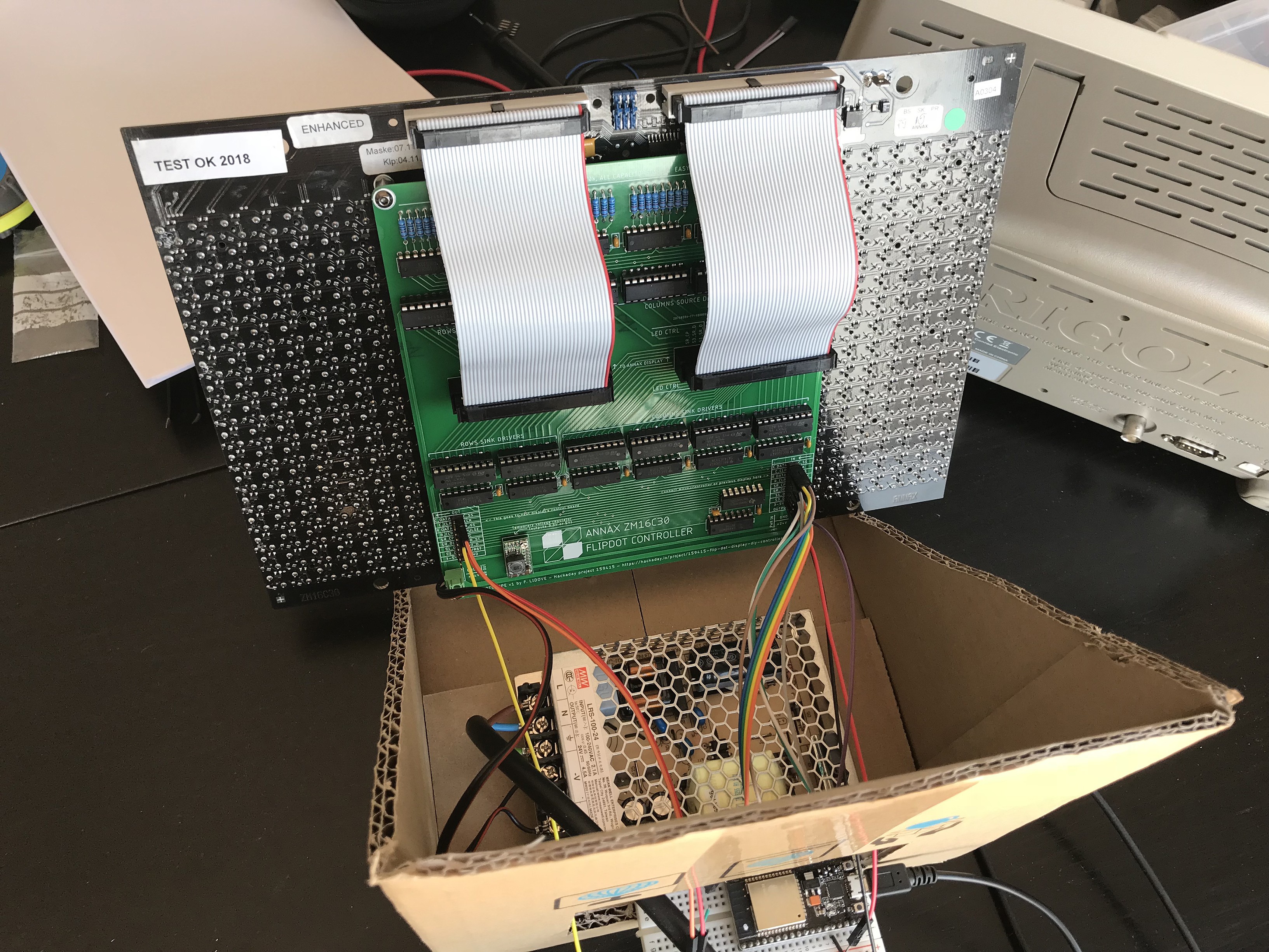
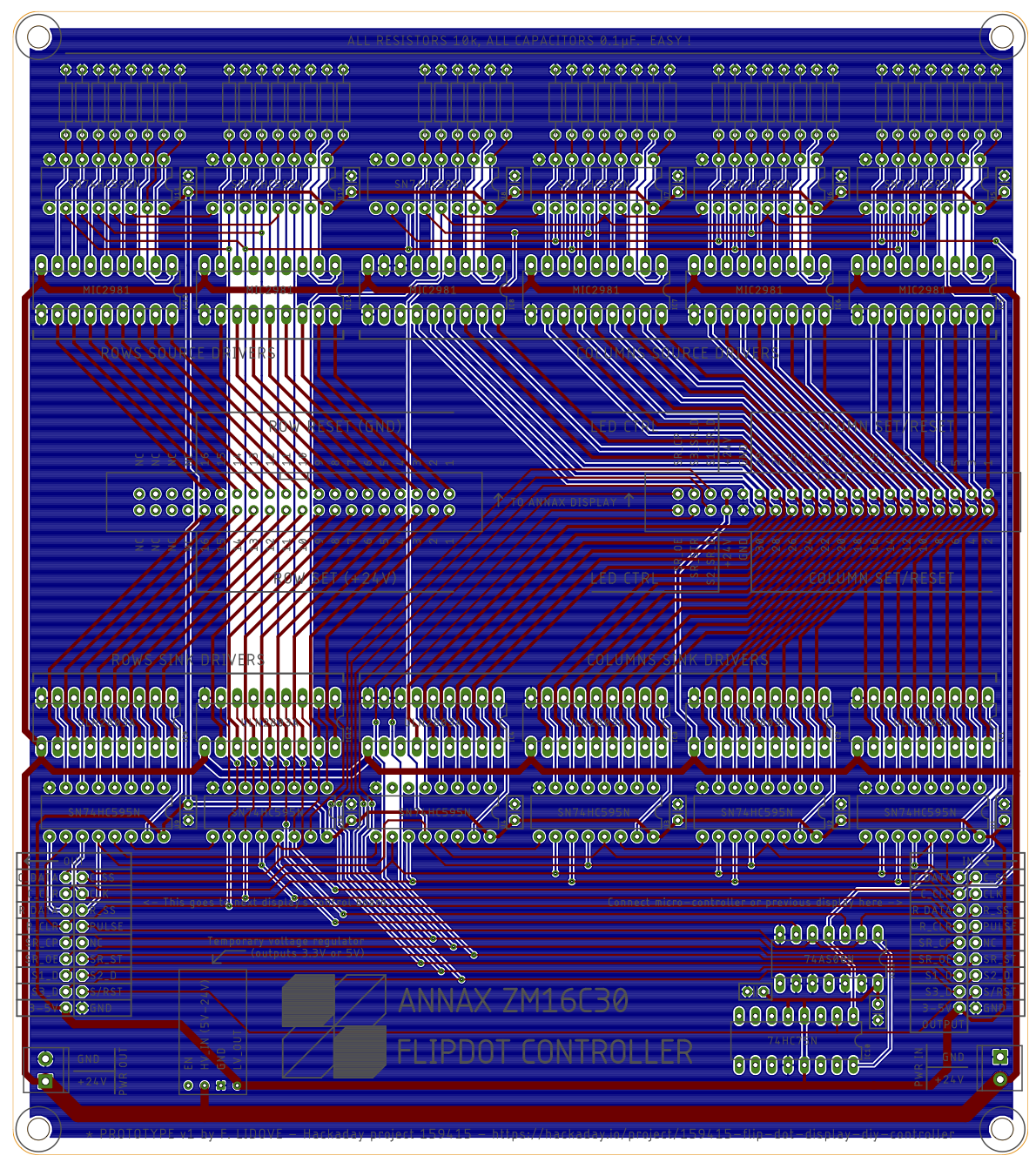
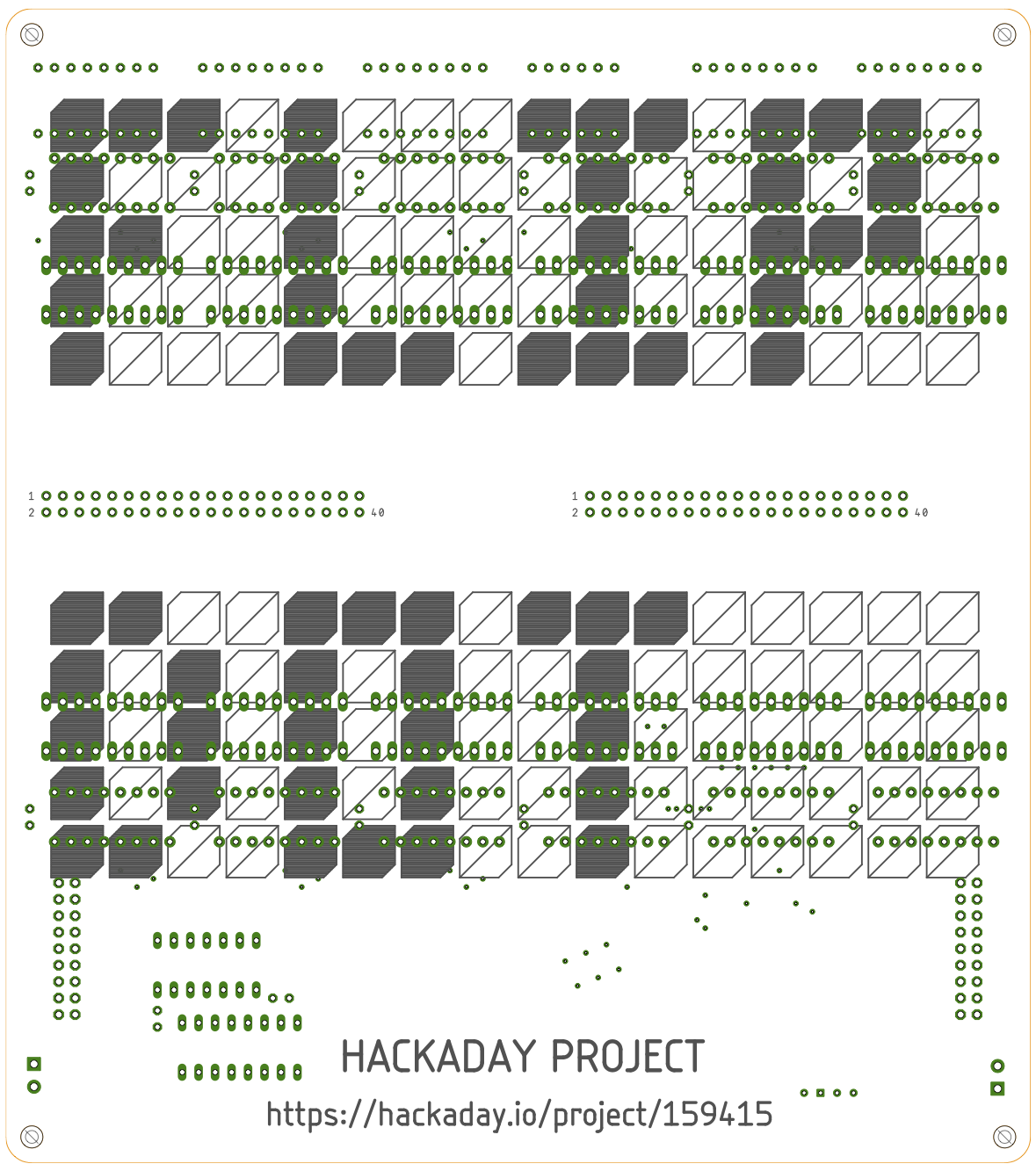
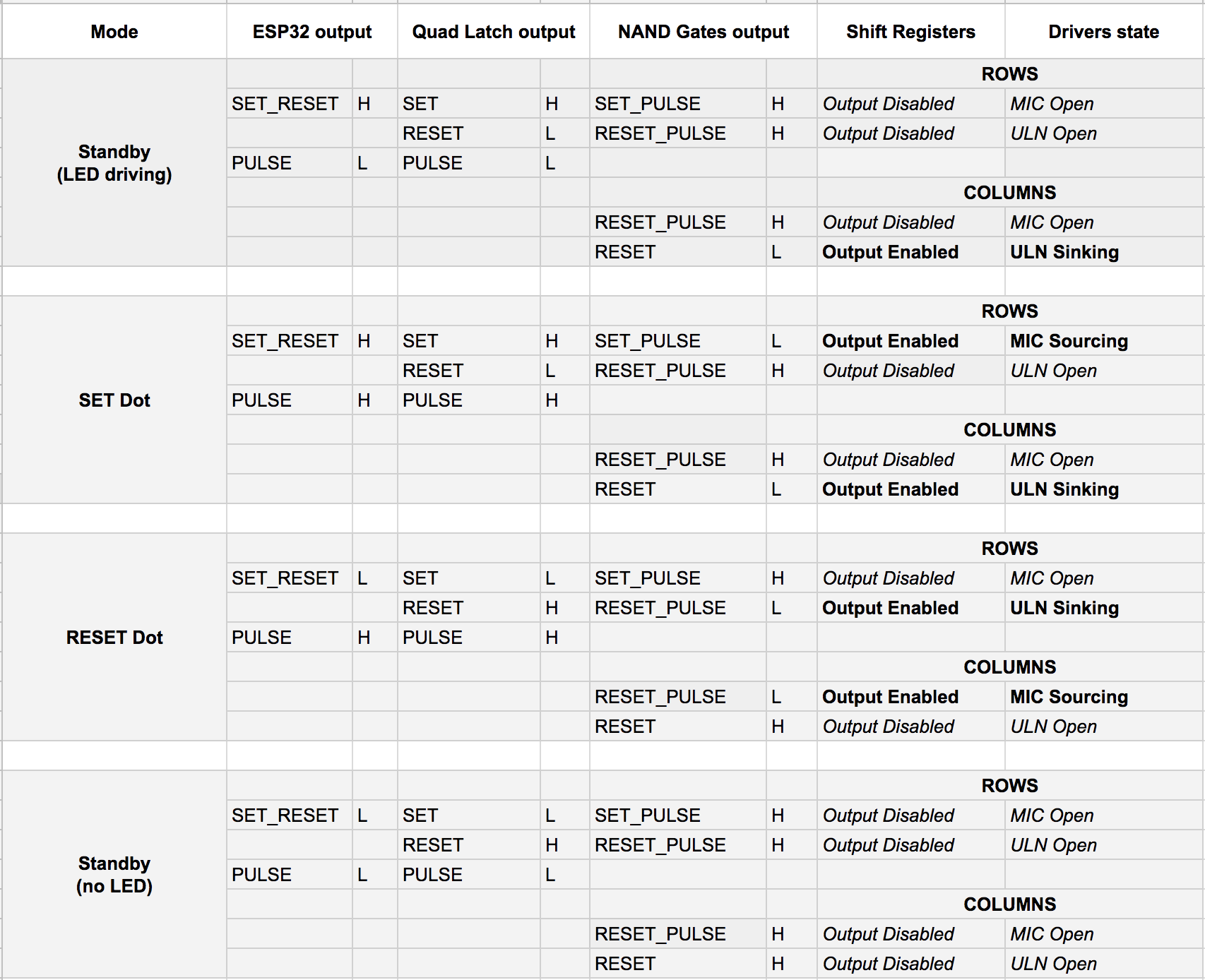









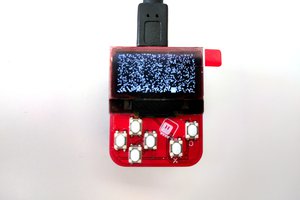
 deʃhipu
deʃhipu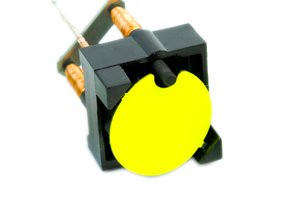
 Marcin Saj
Marcin Saj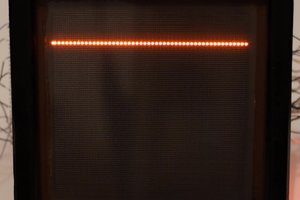
 Leszek Jakubowski
Leszek Jakubowski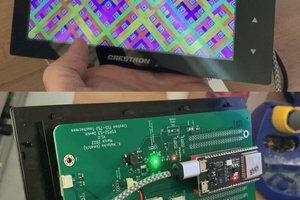
 kmatch98
kmatch98
Hi Frederic,
how far are you to post public release of pcb design and code? I asking because i want build it with four Annax ZM16C30 panels.
Best regards from Poland
Konrad